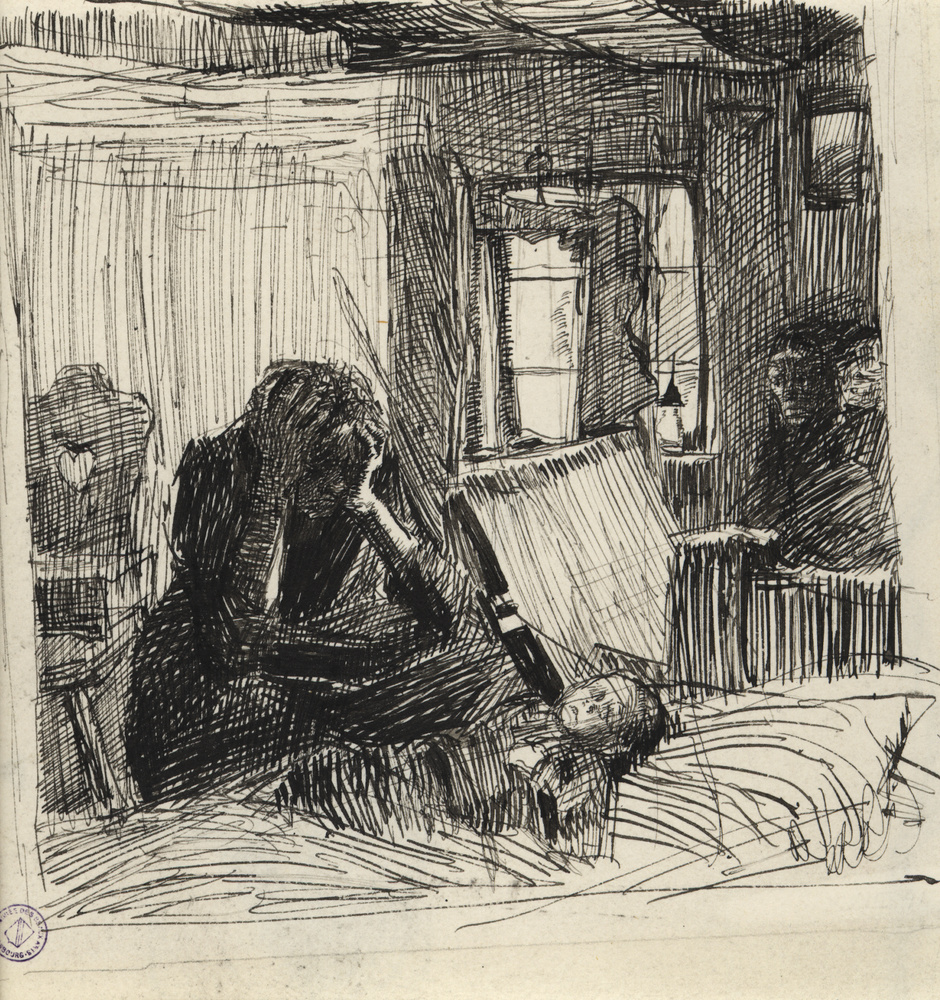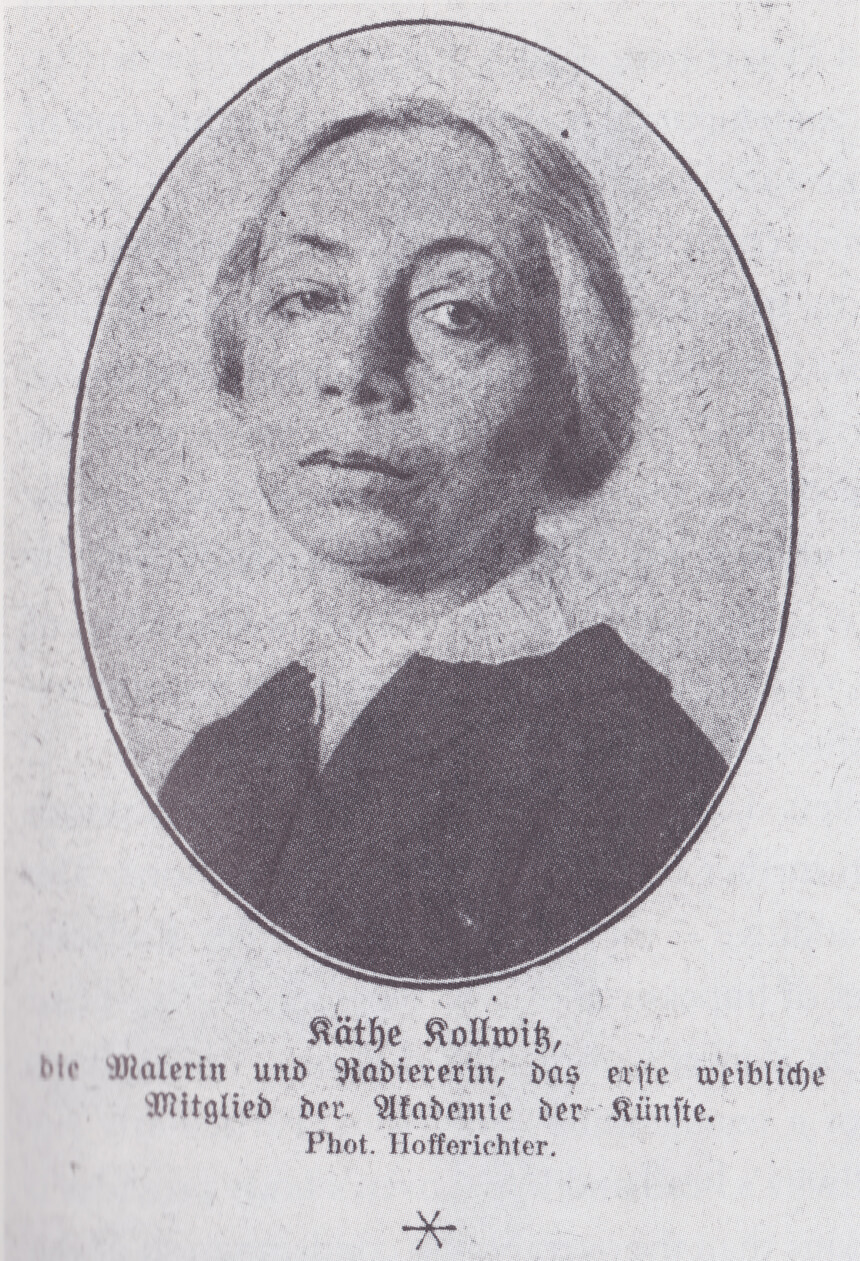Käthe Kollwitz,
Née Schmidt (German pronunciation: [kɛːtə kɔlvɪt͡s]; 8 July 1867 – 22 April 1945), was a German artist who worked with painting, printmaking (including etching, lithography and woodcuts) and sculpture. Her most famous art cycles, including The Weavers and The Peasant War, depict the effects of poverty, hunger and war on the work class. Despite the realism of her early works, her art is now more closely associated with Expressionism. Kollwitz was the first woman to not only be elected to the Prussian Academy of Arts but to also receive honorary professor status. Kollwitz was born in Königsberg, Prussia, the fifth child in her family. Her father, Karl Schmidt, was a radical Social democrat who became a mason and house builder. Her mother, Katherina Schmidt, was the daughter of Julius Rupp, a Lutheran pastor who was expelled from the official Evangelical State Church and founded an independent congregation. Her education and her art were greatly influenced by her grandfather's lessons in religion and socialism.
Portraits Timeline:


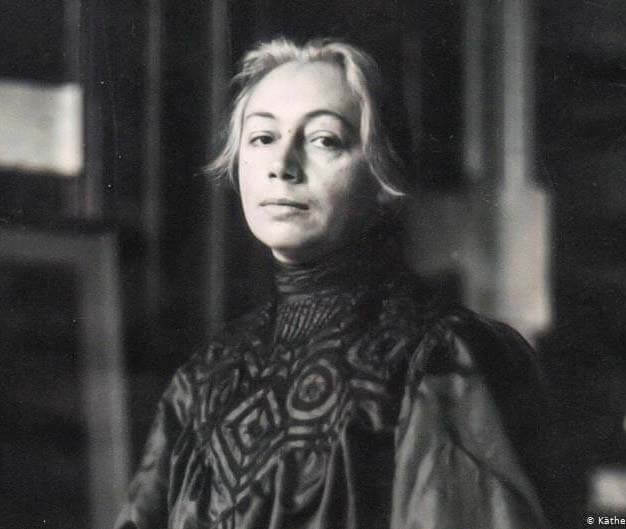








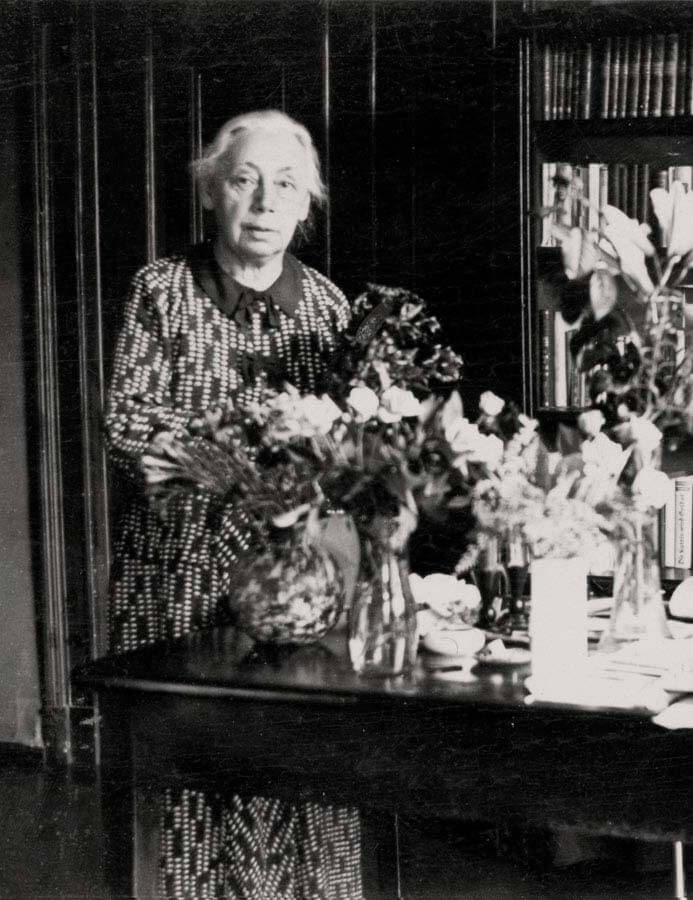
Youth
Life & Youth
Kollwitz's father arranged for her to begin lessons in drawing and copying plaster casts when she was twelve. At sixteen she began making drawings of working people, the sailors and peasants she saw in her father's offices. Wishing to continue her studies at a time when no colleges or academies were open to young women, Kollwitz enrolled in an art school for women in Berlin. There she studied with Karl Stauffer-Bern, a friend of the artist Max Klinger. The etchings of Klinger, their technique and social concerns, were an inspiration to Kollwitz.
In 1888, she went to Munich to study at the Women's Art School, where she realized her strength was not as a painter, but a draughtsman. At the age of seventeen, Kollwitz became engaged to Karl Kollwitz, a medical student, while she was studying art in Munich. In 1890, she returned to Königsberg, rented her first studio, and continued to draw pained laborers working which had become an inspiration for her work for years.
In 1891, Kollwitz married Karl, by this time a doctor, who tended to the poor in Berlin, where the couple moved into the large apartment that would be Kollwitz's home until it was destroyed in World War II. The proximity of her husband's practice proved invaluable
The motifs I was able to select from this milieu (the workers' lives) offered me, in a simple and forthright way, what I discovered to be beautiful.... People from the bourgeois sphere were altogether without appeal or interest. All middle-class life seemed pedantic to me. On the other hand, I felt the proletariat had guts. It was not until much later...when I got to know the women who would come to my husband for help, and incidentally also to me, that I was powerfully moved by the fate of the proletariat and everything connected with its way of life.... But what I would like to emphasize once more is that compassion and commiseration were at first of very little importance in attracting me to the representation of proletarian life; what mattered was simply that I found it beautiful
The Wavers
suffered anxiety during her childhood due to the death of her siblings, including the early death of her younger brother, Benjamin.[12] More recent research suggests that Kollwitz may have suffered from a childhood neurological disorder dysmetropsia (sometimes called Alice in Wonderland syndrome, due to its sensory hallucinations and migranes).
Between the births of her sons – Hans in 1892 and Peter in 1896 – Kollwitz saw a performance of Gerhart Hauptmann's The Weavers, which dramatized the oppression of the Silesian weavers in Langenbielau and their failed revolt in 1844.
Inspired, the artist ceased work on a series of etchings she had intended to illustrate Émile Zola's Germinal, and produced a cycle of six works on the weavers theme, three lithographs (Poverty, Death, and Conspiracy) and three etchings with aquatint and sandpaper (March of the Weavers, Riot, and The End). Not a literal illustration of the drama, the works were a free and naturalistic expression of the workers' misery, hope, courage, and eventually, doom.
The cycle was exhibited publicly in 1898 to wide acclaim. But when Adolf Menzel nominated her work for the gold medal of the Große Deutsche Kunstausstellung in Berlin, Kaiser Wilhelm II withheld his approval, saying "I beg you gentlemen, a medal for a woman, that would really be going too far . . . orders and medals of honour belong on the breasts of worthy men." Nevertheless, The Weavers became Kollwitz' most widely acclaimed work.


Death
Expressionism - 1893 - 1897
Revolt (By the Gates of a Park)
Expressionism - 1897
The End
Expressionism - 1897
The March of the Weavers in Berlin
Expressionism - 1897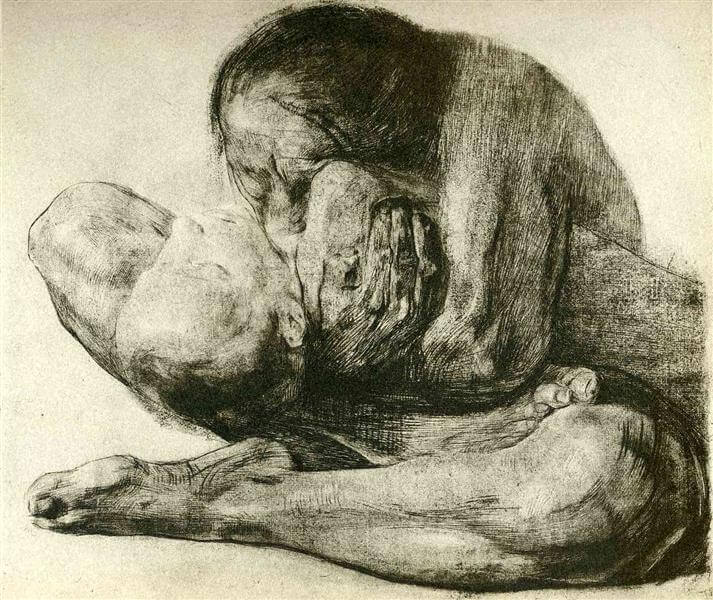
Woman with Dead Child
Expressionism - 1903Wars
Peasant War
cycle of works was the Peasant War, which, subject to many preliminary drawings and discarded ideas in lithography, occupied her from 1902 to 1908. The German Peasants' War was a violent revolution which took place in Southern Germany in the early years of the Reformation, beginning in 1525; peasants who had been treated as slaves took arms against feudal lords and the church. As was The Weavers, this subject, too, might have been suggested by a Hauptmann drama, Florian Geyer. However, the initial source of Kollwitz's interest dated to her youth, when she and her brother Konrad playfully imagined themselves as barricade fighters in a revolution.
Not only did Kollwitz have a childhood connection, but an artistic connection as well. She was an advocate for those unspoken for and liked to portray the working class, as evidenced in in "The Weavers", in a way no one else saw .
The artist identified with the character of Black Anna, a woman cited as a protagonist in the uprising. When completed, the Peasant War consisted of pieces in etching, aquatint, and soft ground: Plowing, Raped, Sharpening the Scythe, Arming in the Vault, Outbreak, After the Battle (which, eerily premonitory, features a mother searching through corpses in the night, looking for her son), and The Prisoners. In all, the works were technically more impressive than those of The Weavers, owing to their greater size and dramatic command of light and shadow.
They are Kollwitz's highest achievements as an etcher. While working on Peasant War, Kollwitz twice visited Paris, and enrolled in classes at the Académie Julian in order to learn how to sculpt. The etching Outbreak was awarded the Villa Romana prize, which provided for a year's stay, in 1907, in a studio in Florence. Although Kollwitz did no work, she later recalled the impact of early Renaissance art.

Käthe Kollwitz, Poster »Help Russia«, 1921, crayon lithograph (transfer), Kn 170 A I
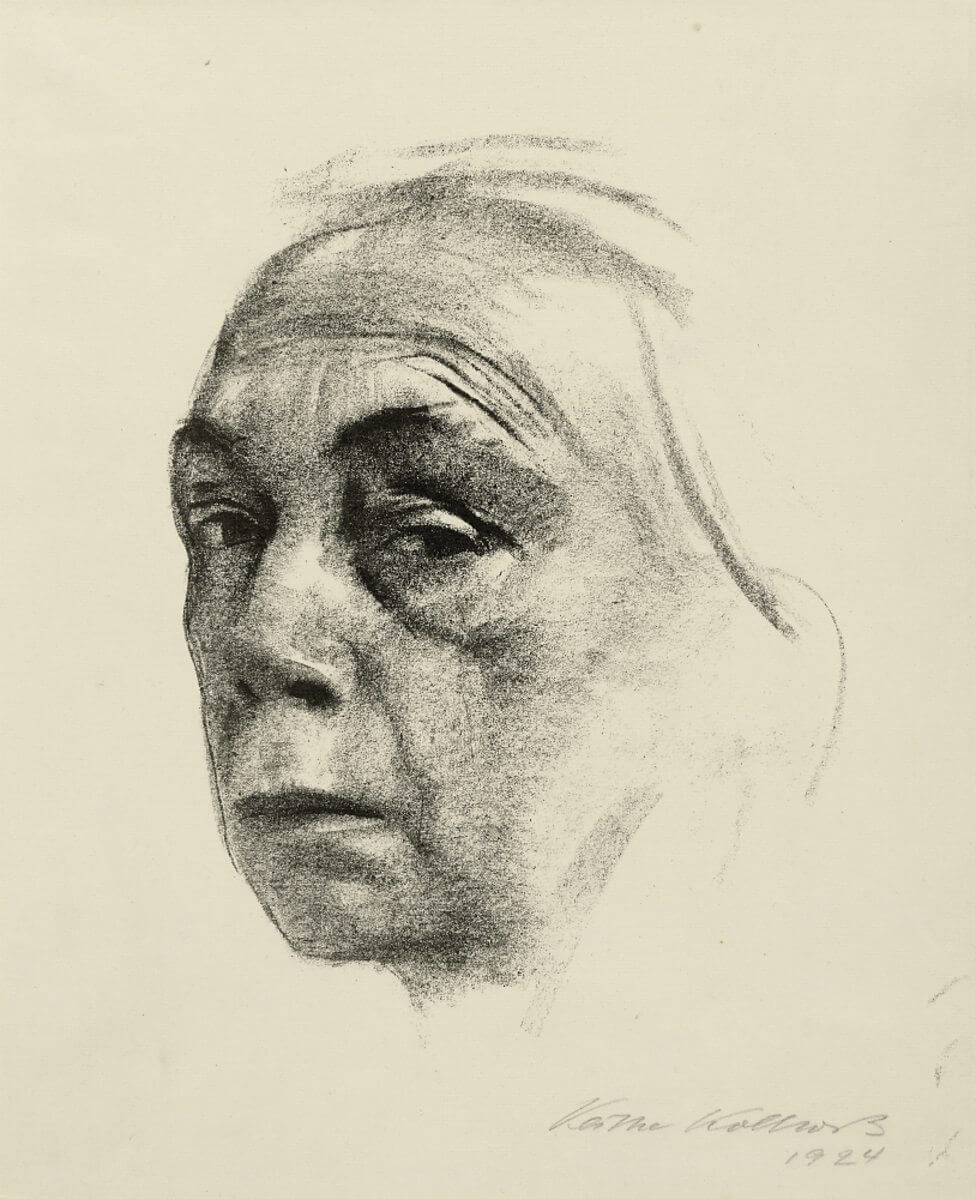
Modernism World War I
Kollwitz continued to exhibit her work, but was impressed by the work of younger compatriots—the Expressionists and (following the war) the Bauhaus—and resolved to simplify her means of expression.[20] Subsequent works such as Runover, 1910, and Self-Portrait, 1912, show this new direction. She also continued to work on sculpture.
Kollwitz lost her younger son, Peter, on the battlefield in World War I in October 1914, prompting a prolonged depression. By the end of the year she had made drawings for a monument to Peter and his fallen comrades; she destroyed the monument in 1919 and began again in 1925.[21] The memorial, titled The Grieving Parents, was finally completed and placed in the Belgian cemetery of Roggevelde in 1932.[22] Later, when Peter's grave was moved to the nearby Vladslo German war cemetery, the statues were also moved.
We [women]
aew endowed
with the
strenght to
make sacrifices
which are more
painfulthan
giving our own
blood.
Consequenly,
we are able to
see our own
[men] fight
and die when it
is for the sake
of freedom.
There has been enough dying!
Let mot another man fall!
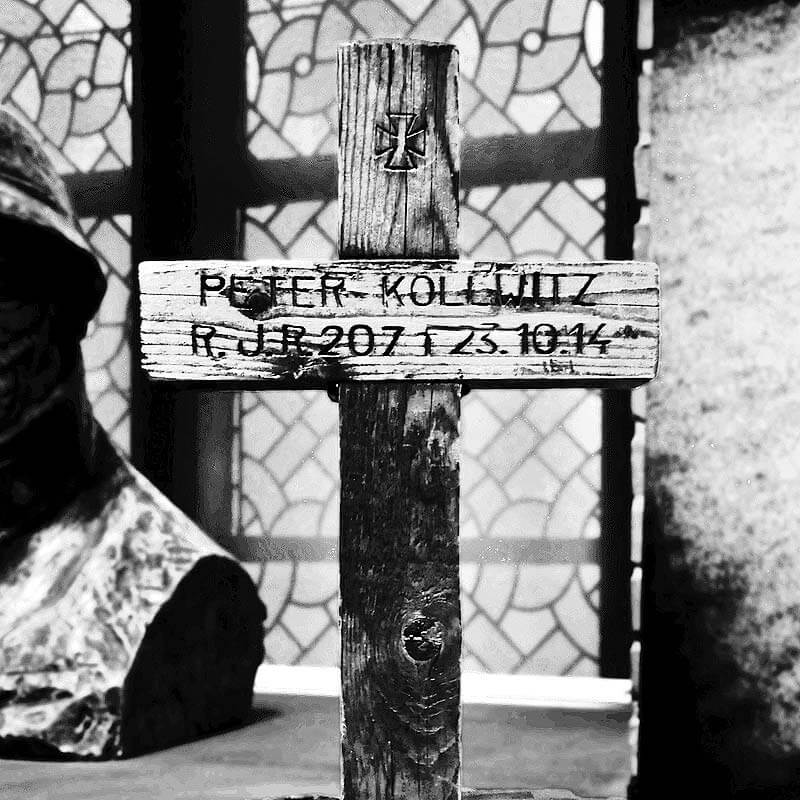
In 1917, on her 50th birthday, the galleries of Paul Cassirer provided a retrospective exhibition of one hundred and fifty drawings by Kollwitz.Kollwitz was a committed socialist and pacifist, who was eventually attracted to communism; her political and social sympathies found expression in the "memorial sheet for Karl Liebknecht" and in her involvement with the Arbeitsrat für Kunst, a part of the Social Democratic Party government in the first few weeks after the war. As the war wound down and a nationalistic appeal was made for old men and children to join the fighting, Kollwitz implored in a published statement.
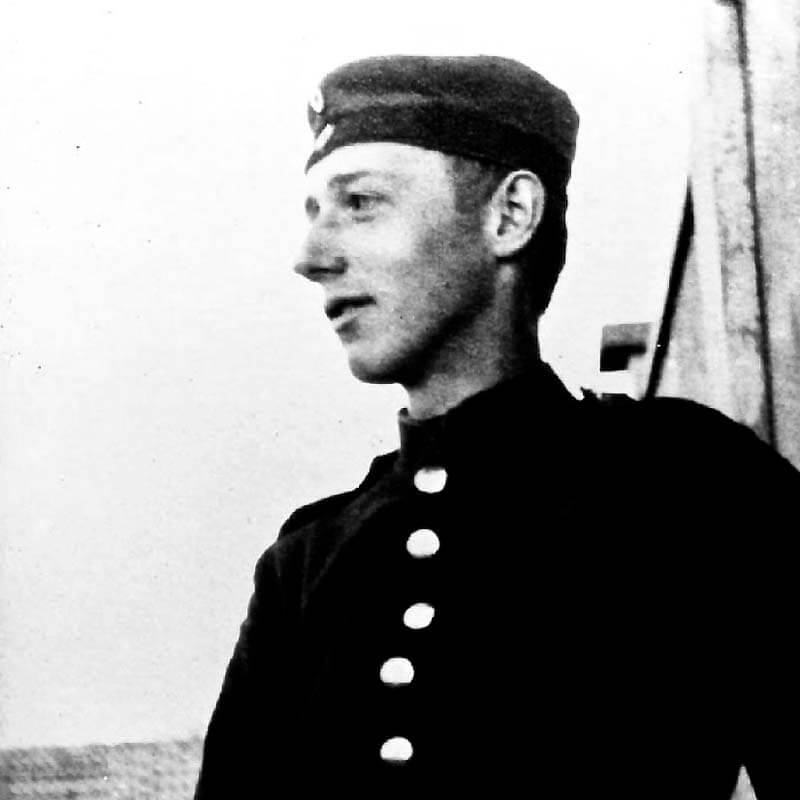
While working on the sheet for Karl Liebknecht, she found etching insufficient for expressing monumental ideas. After viewing woodcuts by Ernst Barlach at the Secession exhibitions, she completed the Liebknecht sheet in the new medium and made about 30 woodcuts by 1926. In 1920 Kollwitz was elected a member of the Prussian Academy of Arts, the first woman to be so honored. Membership entailed a regular income, a large studio, and a full professorship. In 1928 she was also named director of the Master Class for Graphic Arts at the Berlin Academy. However, this title would soon be stripped after the Nazi regime rose to power.

Death and Woman (Self-Portrait)
Expressionism - 1910
The Mothers
Expressionism - 1919
Memorial for Karl Liebknecht
Expressionism - 1919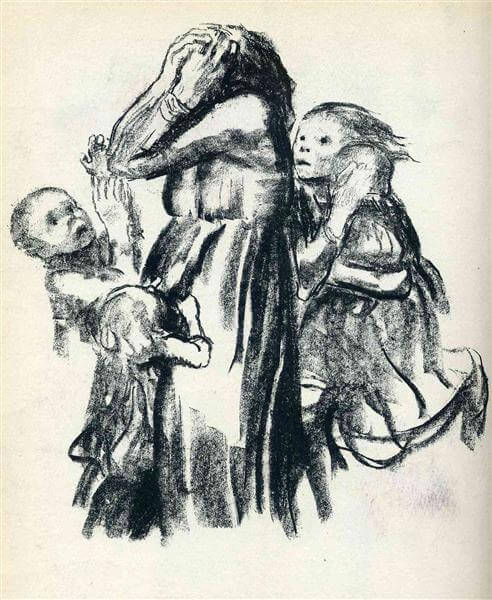
Killed in Action
Expressionism - 1921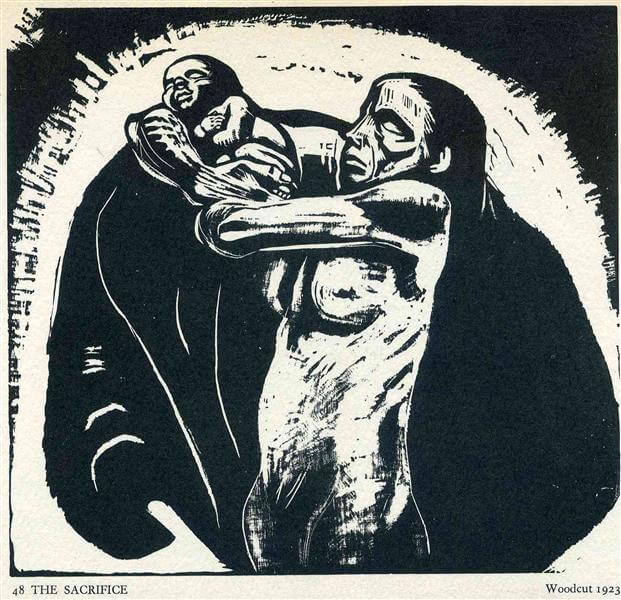
The Sacrifice
Expressionism - 1922
The Parents II
Expressionism - 1922I do not want to die
until I have faithfully
made the most of
my talent and culti--
vade the see that was
Place in me, until
the last small twig
has grown.

Legacy
Kollwtiz made a total of 275 prints, in
etching, woodcut and lithography. Virtually
the only portraits she made during her life
were iamges of herself, of which there are
at least fifty. These self-portraits
constitute a lifelong honest self-appraisal;
"they are psychological milestones".
Portrait of the Artist: Käthe Kollwtiz was held at the ikon galleria in Birmingham England, from 13 September - 26 November 2017, and is intended to be shown subsequently in Sallsbury, Swansea, Hull and London.
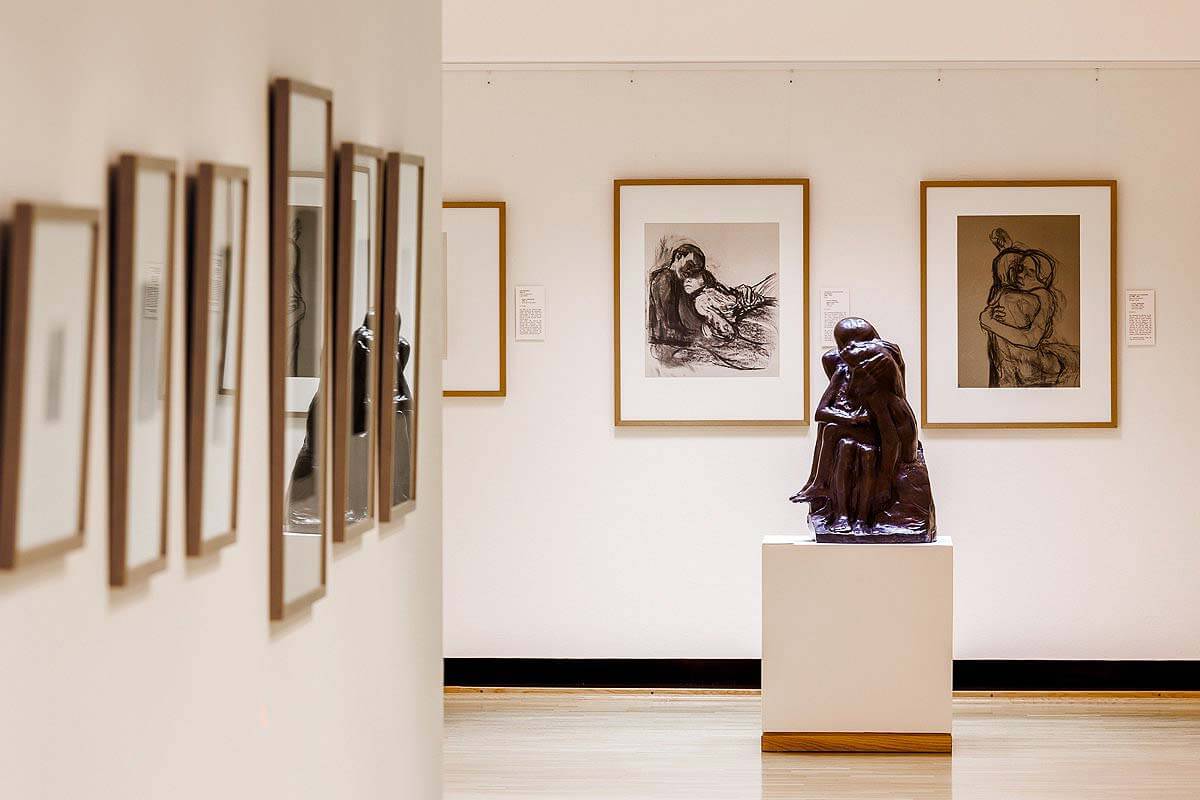
Käthe Kollwitz Museum Köln, established 22 April 1985 in Neumarkt 18-24, Cologne, Germany.
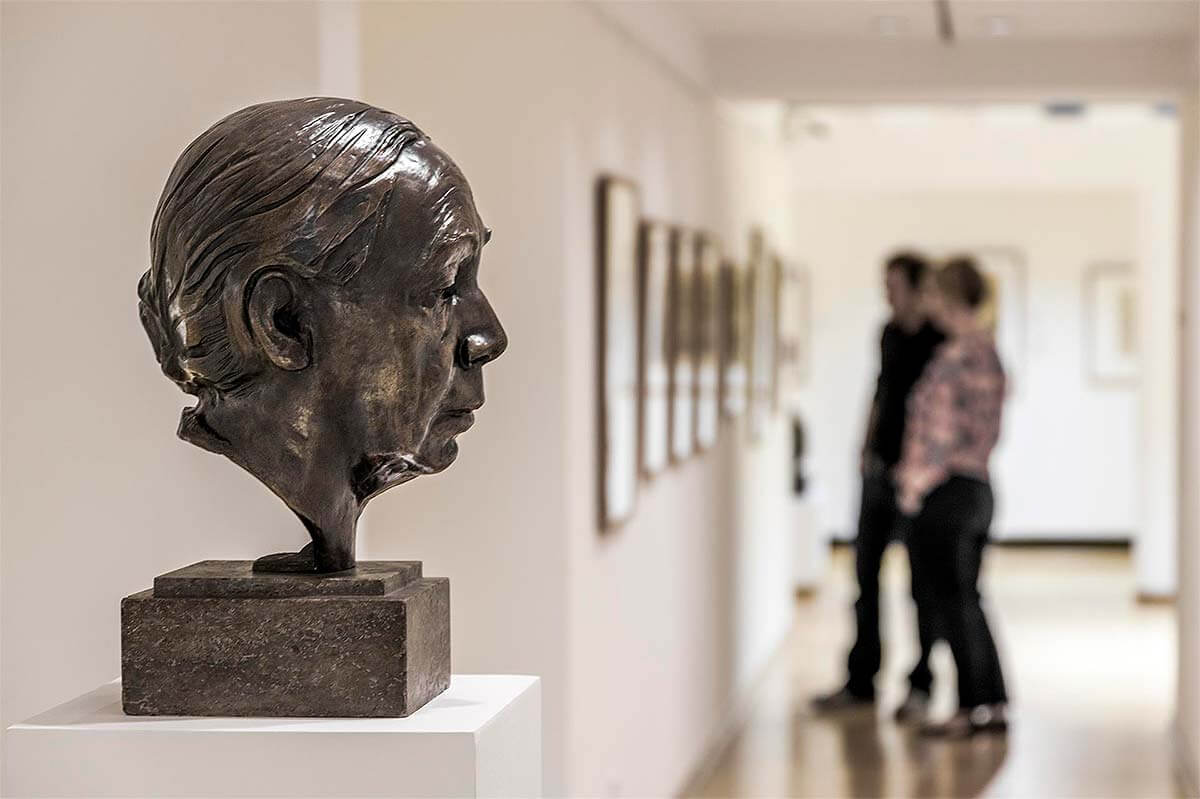
Schools
More than 40 Germany schools are named after Kollwitz. A statue of Kollwitz, by Gustav Seitz, has stood in Kollwitzplatz, Berlin since 1960
Sculptures
An enlarged version of a similar Kollwitz sculpture, Mother with her Dead Son, was placed in 1993 at the center of Neue Wache in Berlin, which serves as a monument to "the Victims of War and Tyranny"
The Film
In 1986, a DEFA film "Käthe Kollwitz", about the artist was made with Jutta Wachowiak as "Käthe
Characters
Kollwitz is one of the 14 main characters of the series 14 - Diaries of the Great War in 2014. She is played by actress Christina Große
Portrait of the Artist: Käthe Kollwtiz was held at the ikon galleria in Birmingham England, from 13 September - 26 November 2017, and is intended to be shown subsequently in Sallsbury, Swansea, Hull and London.
Gallery
Kollwitz made a total of 275 prints, in etching, woodcut and lithography. Virtually the only portraits she made during her life were images of herself, of which there are at least fifty.







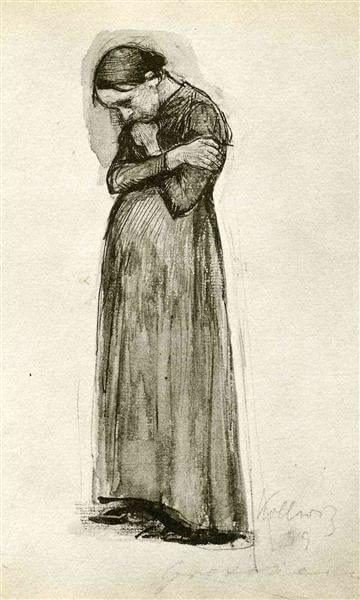
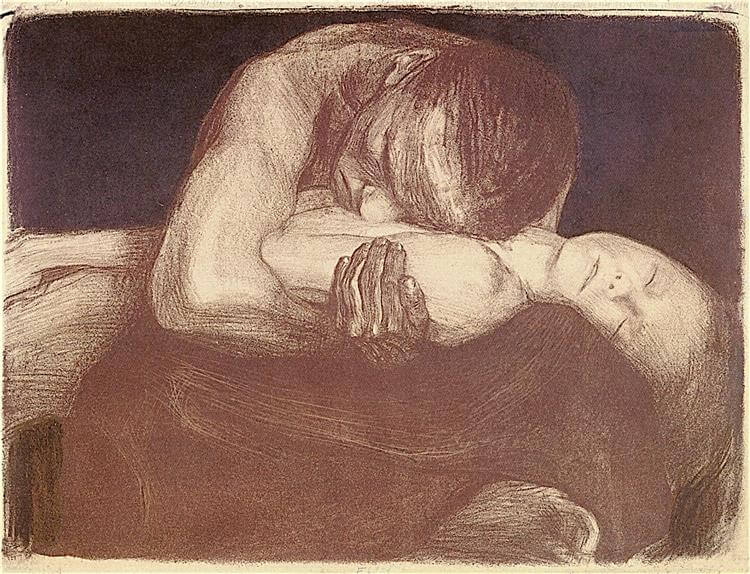



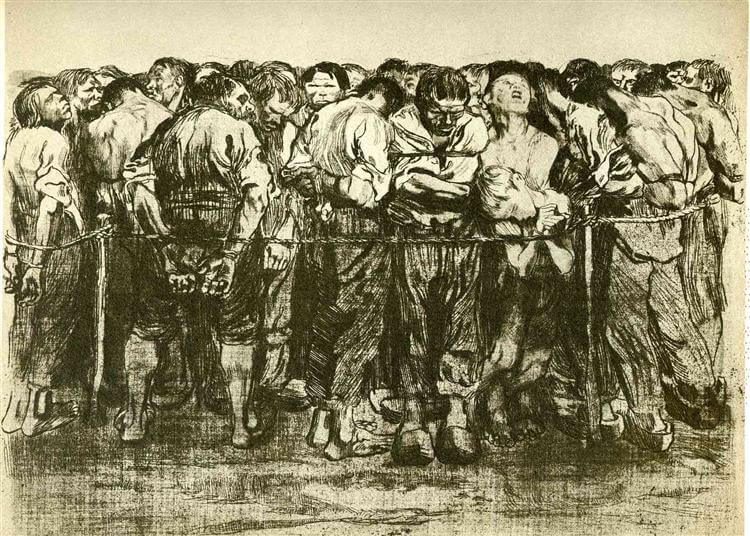
World War (1910 - 1923)
The artist contributed the lithograph »Mother Holding a Child in her Arms«, Kn 136.













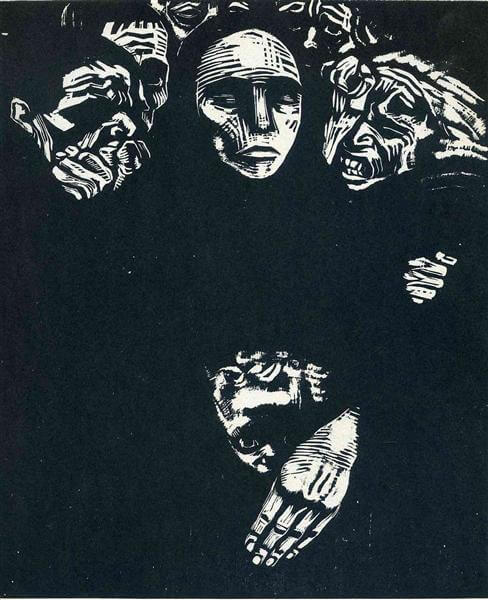
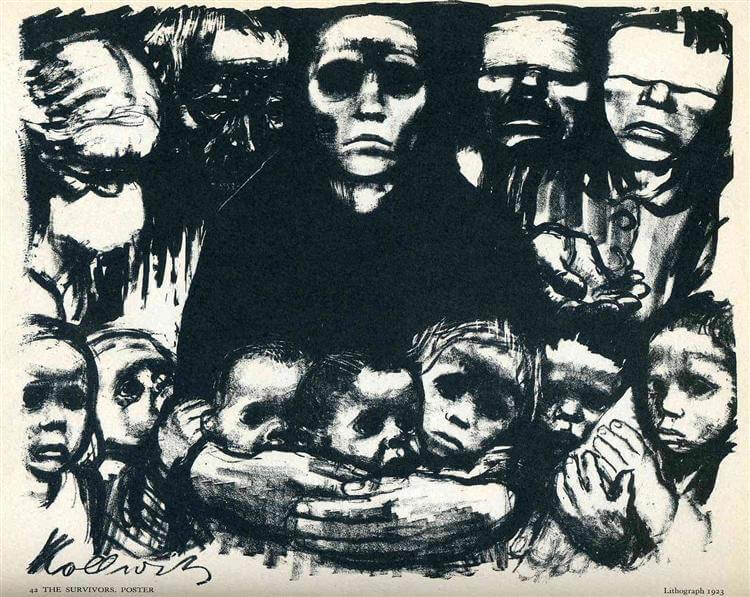
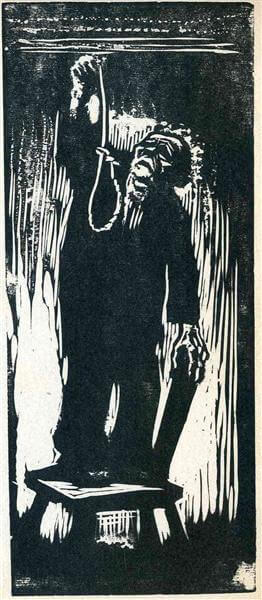
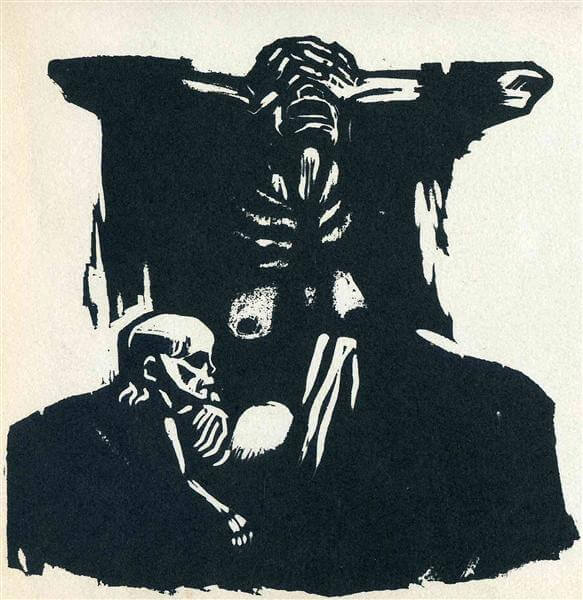
Modernism (1924 - 1938)
At the autumn exhibition of the Prussian Academy of Art














Käthe Kollwitz is not only known as a printmaker, but has also made a name for herself as a sculptress. 19 sculptural works out of a total of 43 have been preserved, 15 of which have been copied in bronze.
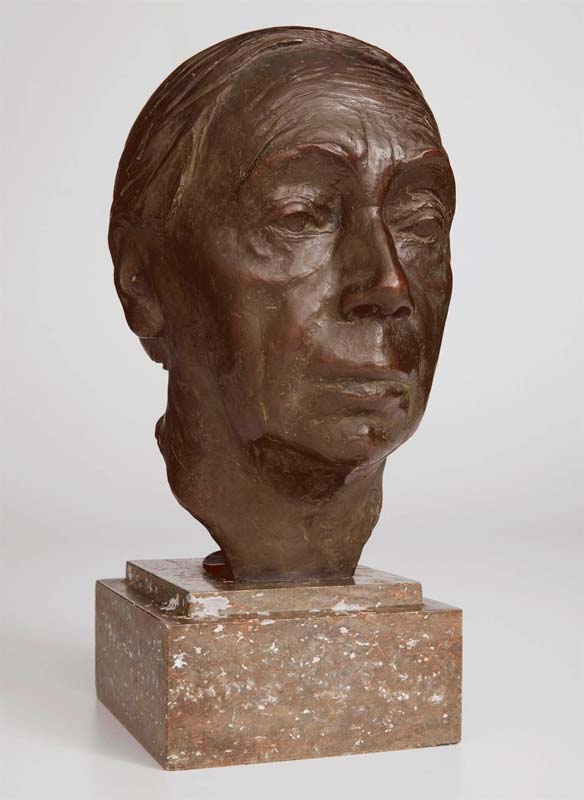
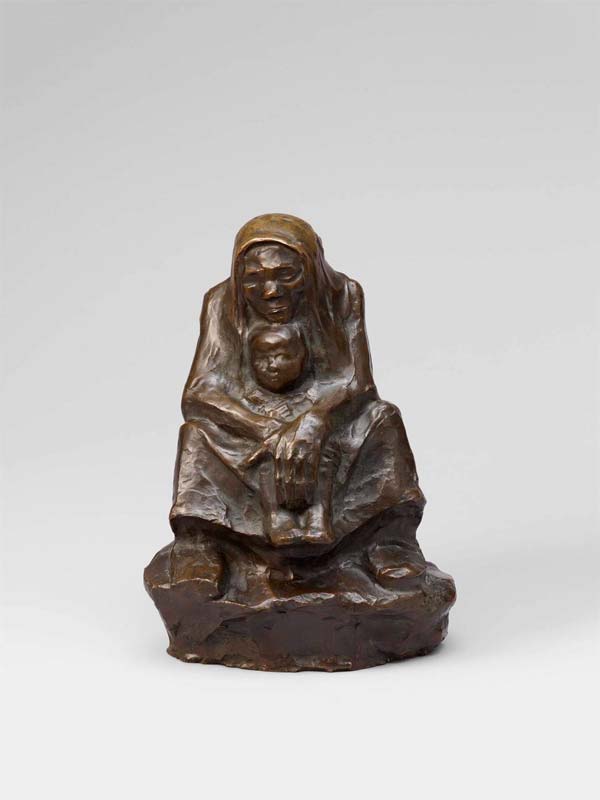
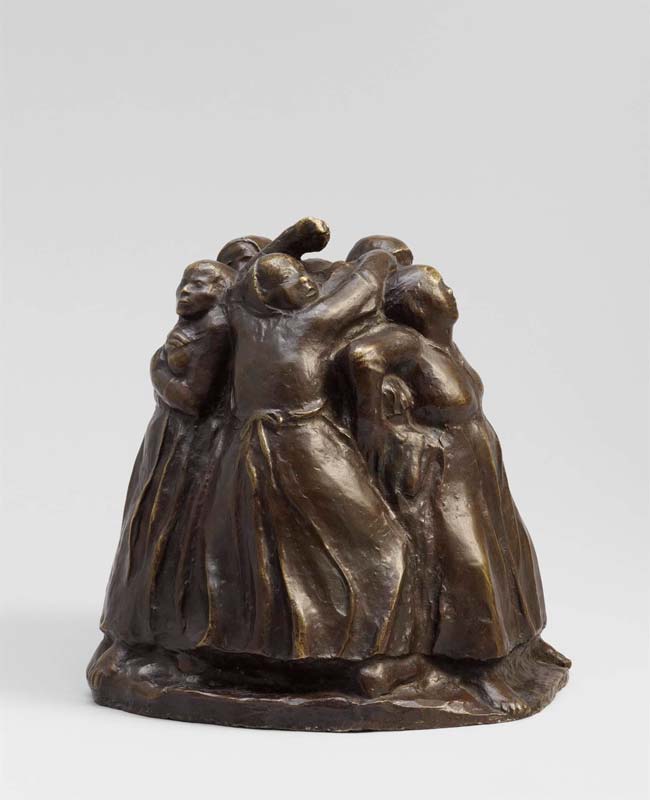
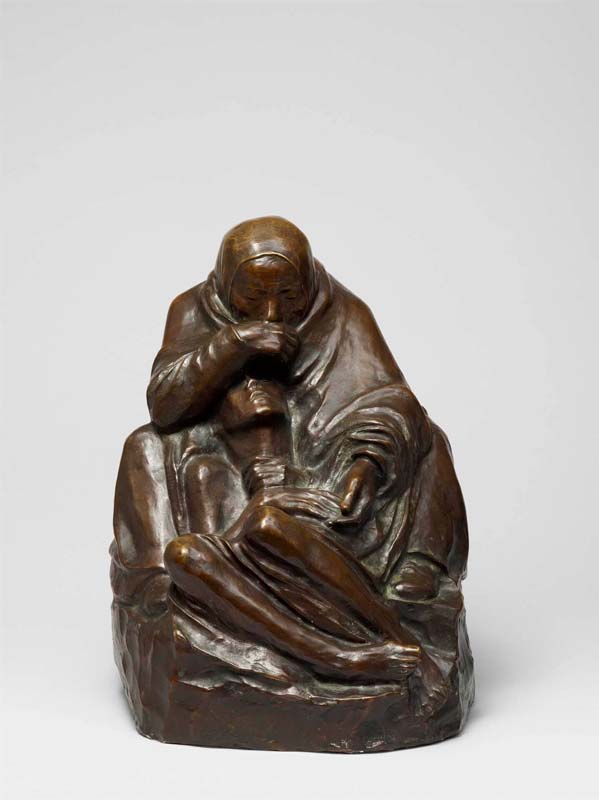

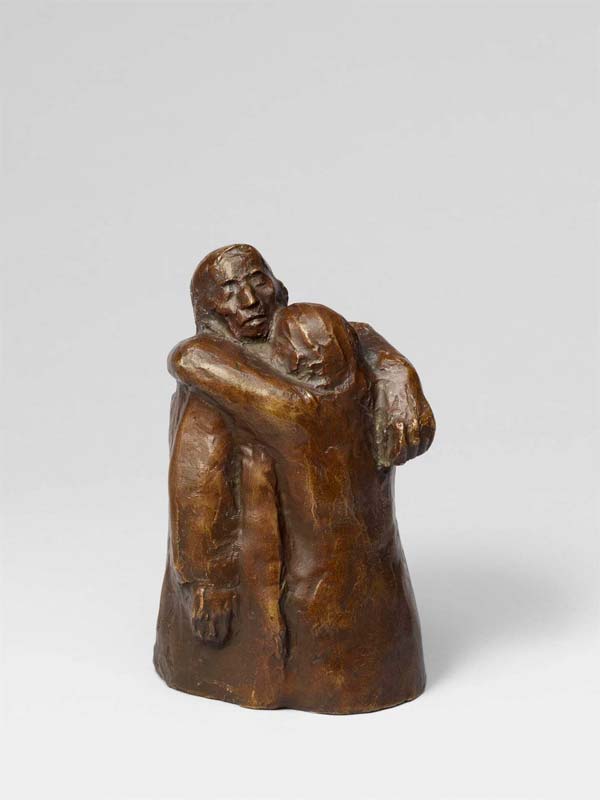

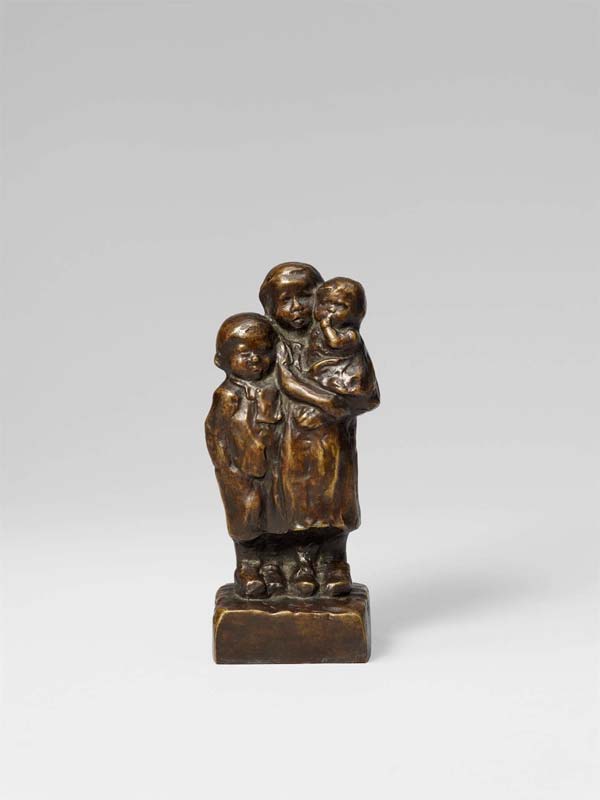


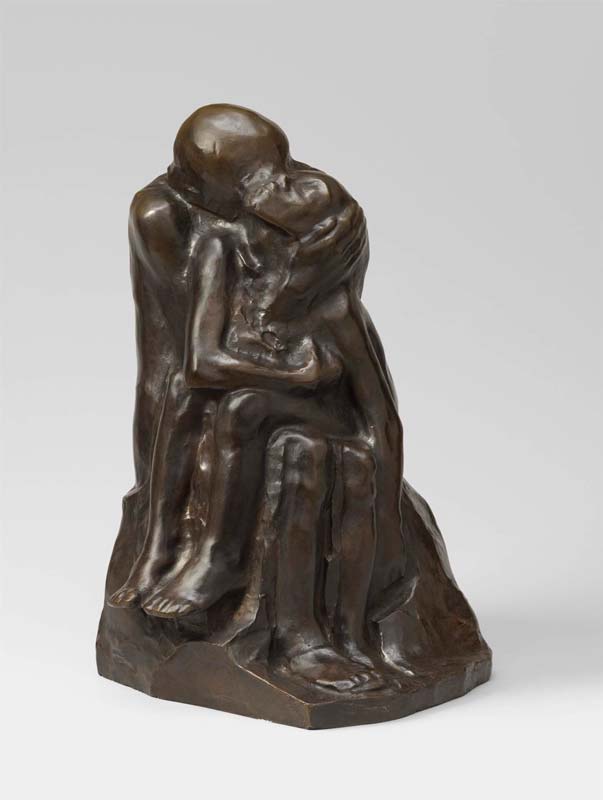
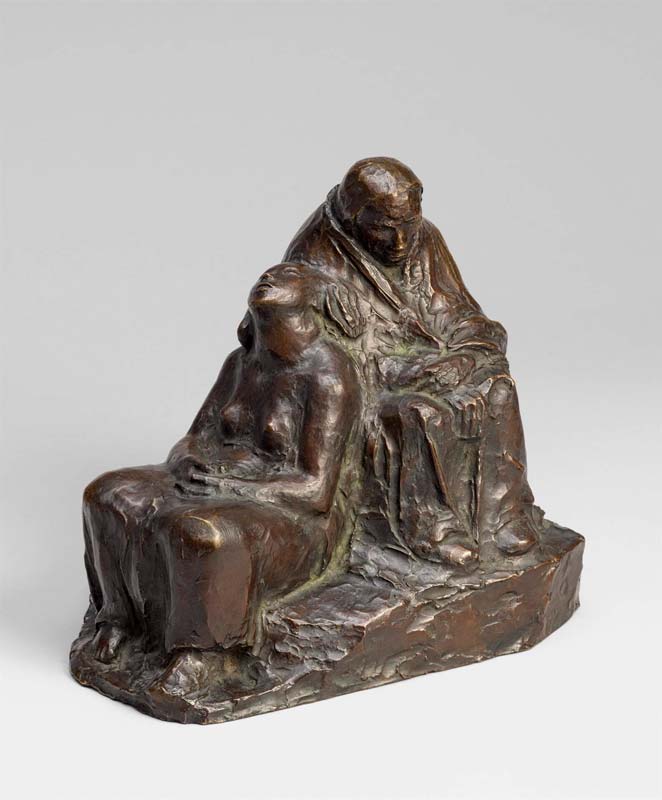
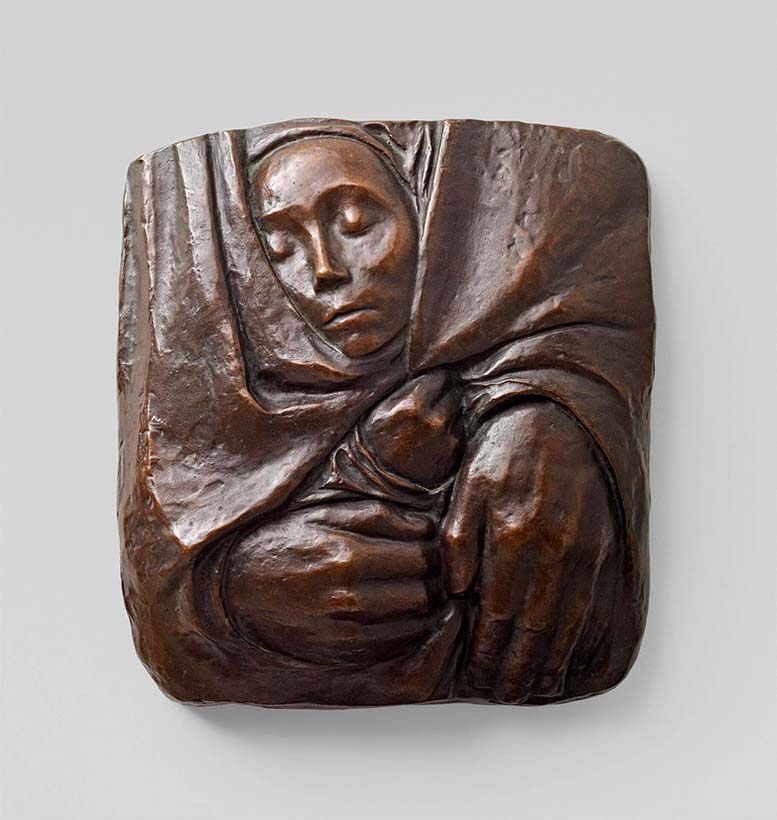

Now that you are already inspired by the amazing paintings of Käthe,how about exercise you creativity and build a memorable drawing? Or just for fun, anyways, enjoy it!
